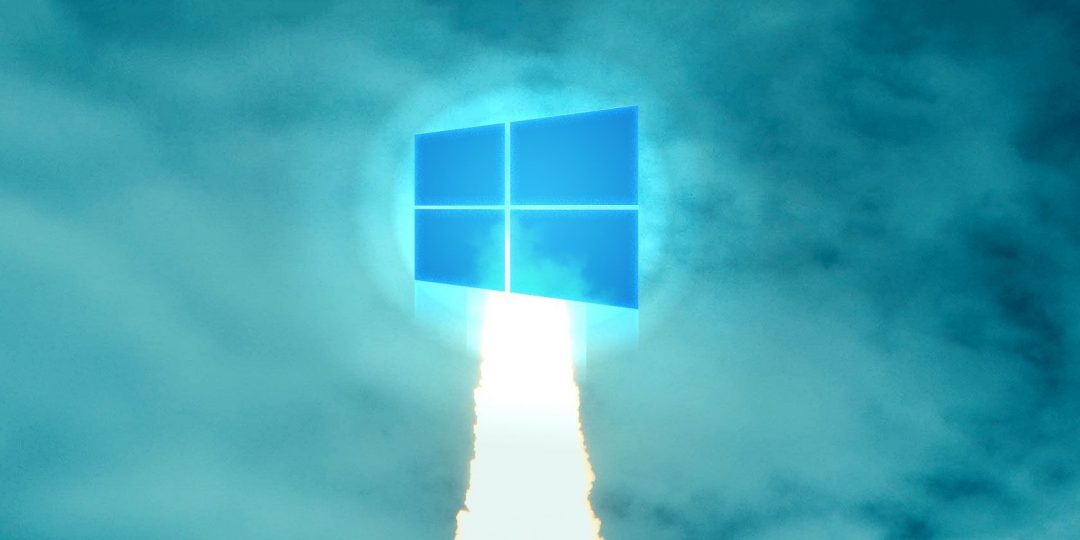It’s not challenging to speed up Windows 10. There are different ways to increase Windows 10 speed and performance. It’s not hard to make Windows 10 run faster. This article focuses on how to make Windows 10 faster and improve PC performance.
The Crucial Points To Make Windows 10 Faster are:
Optimizing Windows 10’s performance can be divided into three parts:
1# Changes in the Operating System.
2# Improvements to software.
3# App removal or substitute the app.
Hardware changes, such as buying additional RAM or investing in an SSD, are also effective, but they are costly, so we’ll omit them. Let’s begin with the most efficient techniques to make Windows 10 run faster.
Also Read: How To Turn Off The MSN News And Weather Feed From Taskbar In Windows?
How To Use FaceTime On Your Windows PC?
Modifications to the Windows 10 Operating System
1. Enable Game Mode
The Creators Update, the most recent version of Windows 10, covers a new feature called Game Mode. However, there is no way to run in Game Mode indefinitely, but you can activate it by hitting Windows Key + G.
Open Settings > Gaming and select Game Mode to enable Game Mode (which is only available in Windows 10 Creators Update). Toggle the Game Mode toggle switch.
It’s to be utilized in games only, although you can use it whenever you need a quick burst of speed. It’s especially helpful if you have a lot of background apps clogging up a resource-hungry program.
Although, Game Mode hardly adds percentage points to your game performance. However, some of you will notice a greater improvement in your performance than others. Where no other tips would help, reducing the number of background apps may enhance your performance. Game Mode can theoretically work with any program that employs GPU acceleration. Give it a shot with Adobe Premiere if you want to see how it works.
2. Disable Visual Effects
All visual enhancements can be switched off with ease in Windows.
To access advanced system settings, go to System > Advanced system settings and make your changes. Now from the Performance menu, click on Settings.To shut off all visual effects, left-click on the radio box for Adjust for optimal performance.
Disabling visual effects on a few systems appear to have a significant effect, especially on older PCs. On the other hand, things will not look as appealing. It is always recommended to leave smooth borders of screen fonts enabled because it helps in reading.
3. Boost Your Processor’s Performance
Windows provides three default options for the processor to increase the frequency. Manufacturers may also include some internal plans in this section.
On a laptop, the Balanced or Power saver plans are nearly always super, although High performance can make Windows faster by sacrificing battery endurance for power. It is recommended for desktops because it consumes the most power.
4. Disable Auto-Start Programs
When you install an application, it may attempt to run in the background invisibly. That’s fine for a few programs, but it has a cumulative effect on performance. When there are too many auto-starting programs active, the entire system slows down.
Take the following steps to disable auto-starting apps:
# Open the Windows Task Manager using a combo of Ctrl + Shift + Esc.
# Select Task Manager from the pop-up menu.
# Click on the Startup tab.
Most auto-starting applications can be disabled from the Startup tab.
Unless they come preinstalled with your computer, the majority of apps don’t require to operate in the backend (no matter if they are crapware). However, some applications hide in unknown places, but you can still identify and remove those stealth auto-starters.
5. Check Your Network Connection
One of the main culprits of poor internet speeds isn’t your Internet service provider. But it’s a problem with your Wi-Fi connection. If you are operating your system in an apartment complex, it can be difficult to acquire a reliable connection due to issues including channel congestion and overlapping Wi-Fi signals. Fortunately, most routers have two capabilities that can increase the speed and stability of your connection. You can either use a physical connection or adjust the channel on your router.
A connected connection is straightforward to set up: simply purchase an Ethernet cable and plug it in. While changing a router’s channel is also simple, it necessitates a more detailed explanation.
6. Optimize Windows Update for Speed
It actually consumes a lot of resources while Windows update in the background is running. The best time to run an update is when the device is not in use, which means no more restarts while you’re working on something urgent.
To schedule Windows Update to run during those certain hours, follow the given techniques:
1. Run the configuration software by writing/typing Windows Update settings into the Windows Search Bar.
2. From the heading Update settings, you can change active hours accordingly( from the Change active hours option).
3. Adjust Active Hours is a button on this menu that allows you to change the active hours. We recommend setting it to a time when the computer is turned on but not in use.
7. Disable the Search Indexing feature in Windows 10.
If you enabled indexing, Windows would not scan every directory on your computer when you search for a file. Indexing issues a written manifest of your computer’s contents.
Turning off Search Indexing contrary will improve the performance of an older machine.
To disable the Search Index tool in Windows 10, type index into the Windows Search Tool and then left-click Indexing Options.
8. Use Storage Analyzers and Disk Cleaning Tools to Speed Up Windows
When overloaded with a lot of data, both Solid State Drives (SSDs) and Hard Disk Drives (HDDs) slow down. For optimal performance, both drive technologies want to be at around 50% capacity, although anything around 25% free capacity would be enough.
WinDirStat is a recommended tool for cleaning out an overburdened disc. WinDirStat is available in both portable and installation versions, and it is free and open-source.
For more information check out our Windows section.
Trending News: What are different outbound links rel attribute values in the <a> tag?
How To Remove Zathura’s Title Bar On Mac?
Microsoft Windows 11: Here’s What You Will Miss In The New Upgrade




































![2 Easy Ways To Create Windows Installer- [Windows Media Creation Tool And Rufus] How To Create Windows Installer](https://www.hawkdive.com/media/compressed_How-To-Create-Windows-Installer--218x150.jpg)


